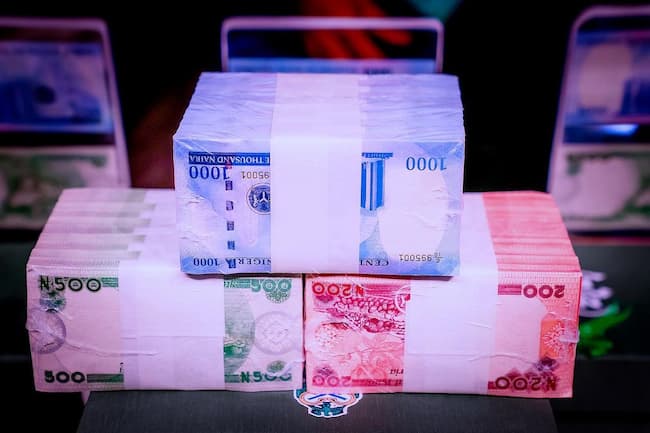The naira depreciated against the US dollar in the official exchange market due to a shortage of liquidity. High demand for the dollar exceeded available FX supply, leading to a further slump in the spot rate across both official and black market rates due to reduced FX intervention sales.
According to FMDQ data, the naira fell by 0.29%, closing at ₦1,650.20 per US dollar. FX traders anticipate that the Central Bank of Nigeria (CBN) will soon release more details on its new exchange rate automation platform as November nears its end.
The CBN recently announced plans to implement the Electronic Foreign Exchange Matching System (EFEMS) for the Nigerian Foreign Exchange Market. Analysts believe EFEMS will offer authorized dealers a centralized platform for interbank FX transactions.
In collaboration with the Financial Markets Dealers Association of Nigeria (FMDA), the CBN plans to release trading rules and real-time buy/sell data for EFEMS. A two-week trial is set for November, with a full rollout scheduled for December 1, 2024.
Some analysts also attribute the recent decrease in FX allocations to banks in October as part of CBN’s transition to automation. Meanwhile, in the parallel market, the naira closed at ₦1,730 per dollar, driven by high demand for foreign currency. Analysts predict that seasonal demand may further pressure both official and parallel market rates.
Despite increased global oil prices—Brent Crude rose by 1.20% to $73.1 per barrel, and WTI climbed 1.32% to $69.3—weak economic conditions could limit household spending power during the holiday season.














